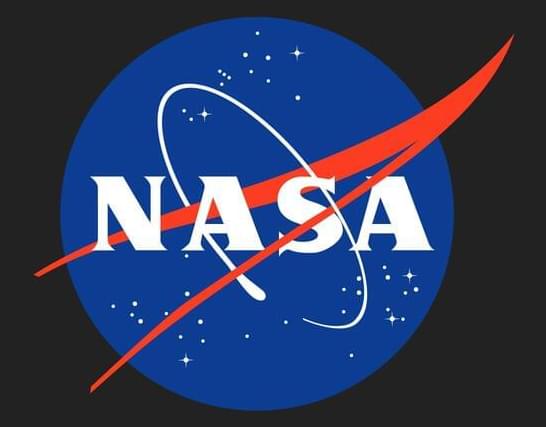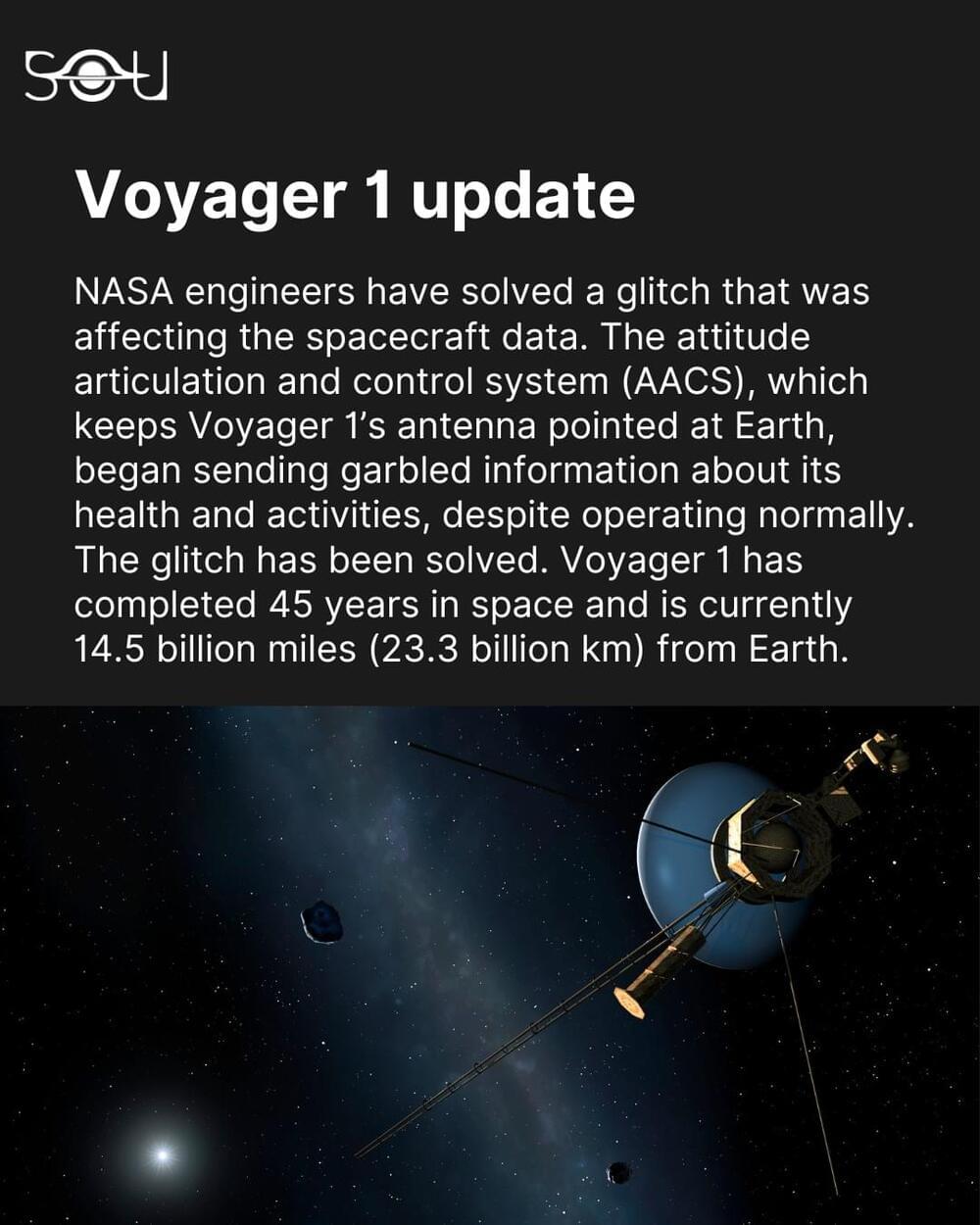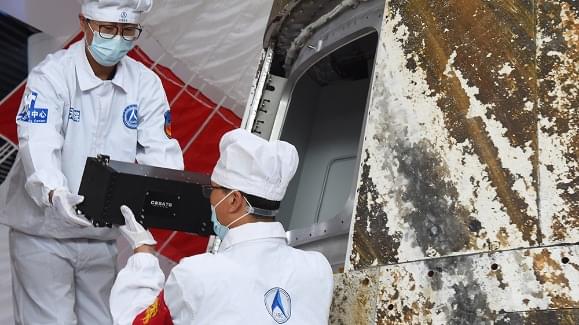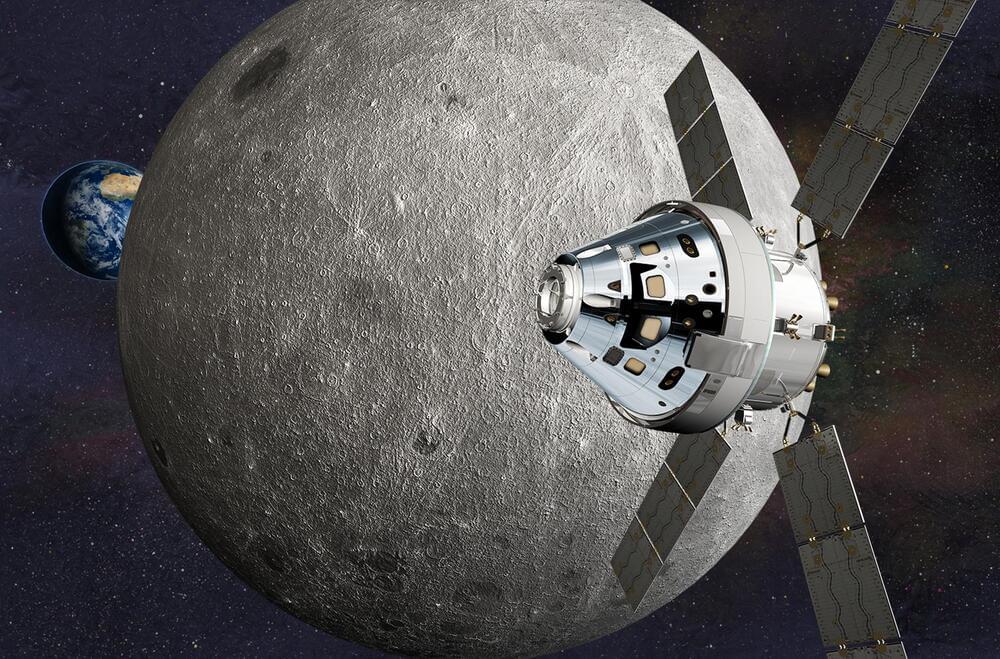The contract will run through 2030 and makes SpaceX over $4.9 billion in total.
You haven’t seen the tail end of SpaceX launches to the International Space Station (ISS) quite yet. NASA awarded the Elon Musk-founded company a $1.4 billion contract to send five more astronaut missions to the ISS, per NASA’s press release.
The contract, part of the agency’s Commercial Crew Transportation Capability (CCtCap), runs through 2030 and brings the total value of the signed agreement with SpaceX to over $4.9 billion.
NASA has awarded five additional missions to Space Exploration Technologies Corporation (SpaceX) of Hawthorne, California, for crew transportation services to the International Space Station as part of the agency’s Commercial Crew Transportation Capability (CCtCap) contract.





